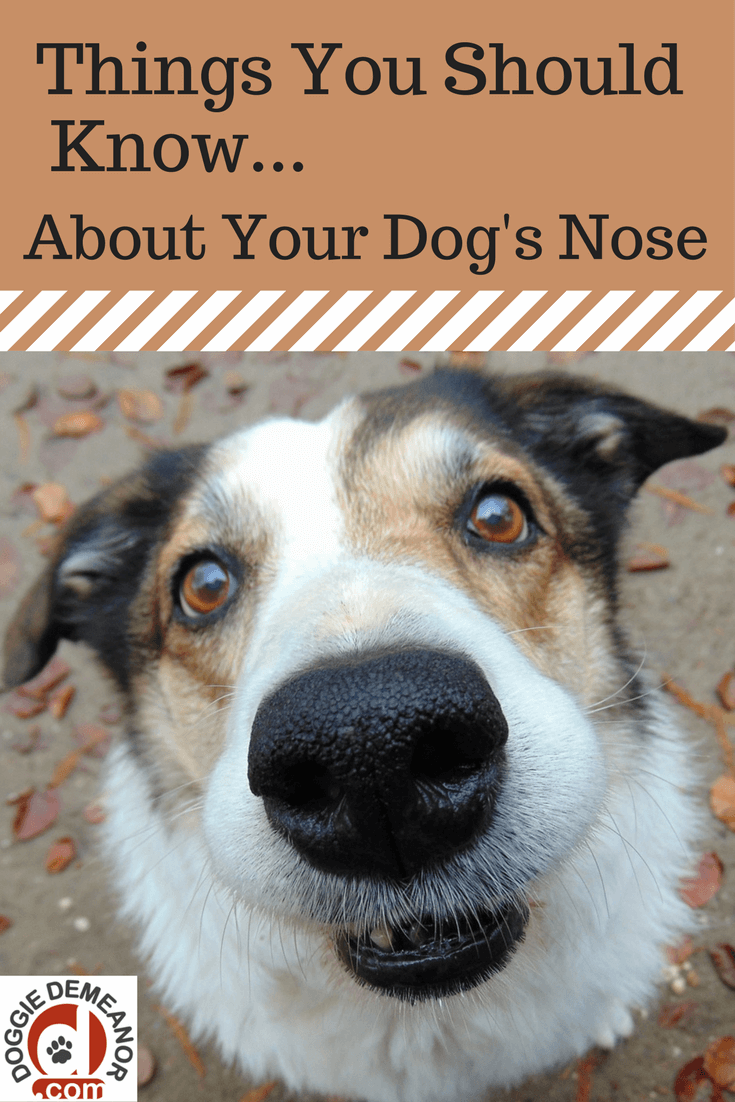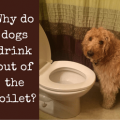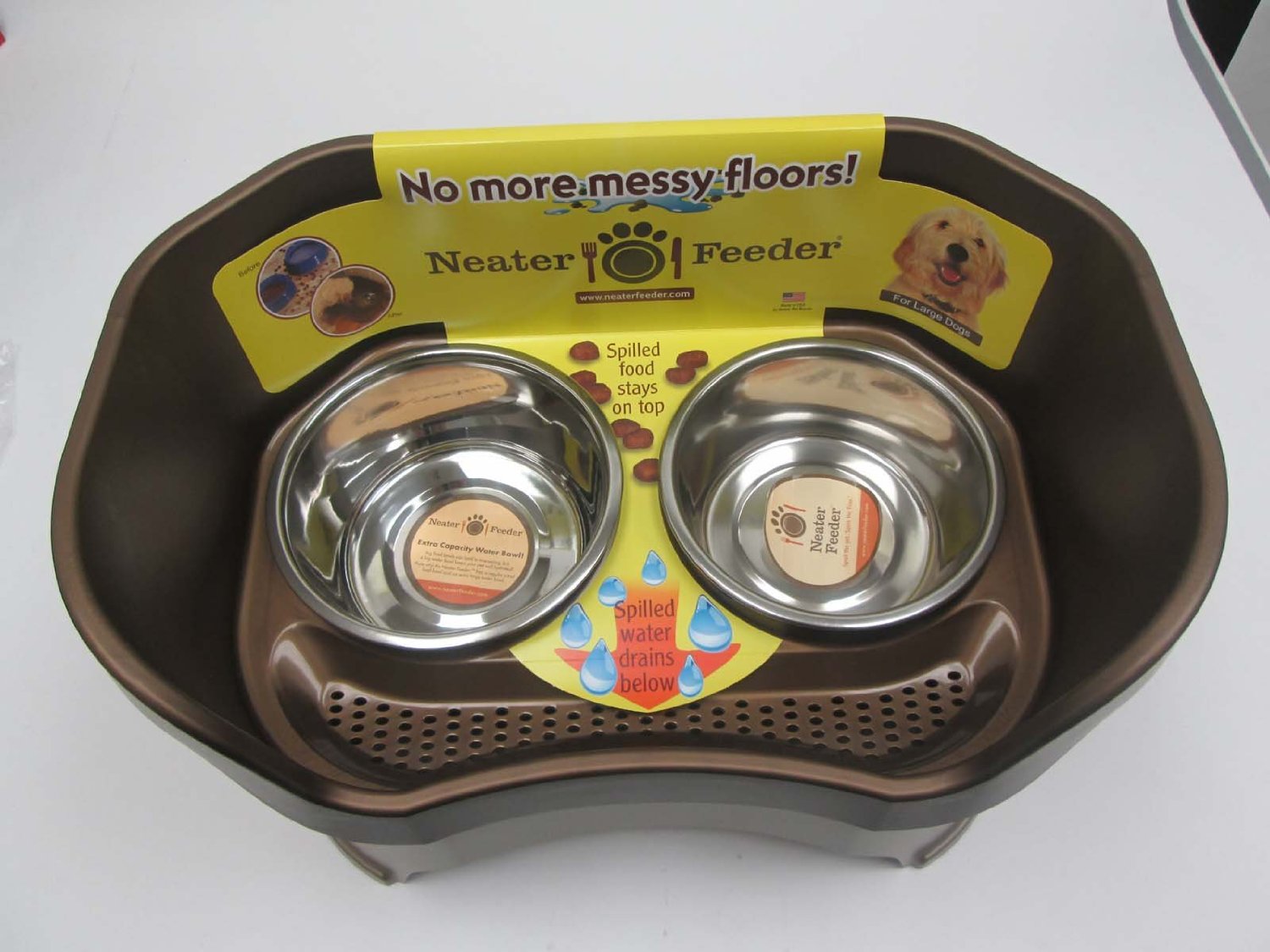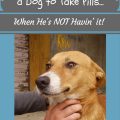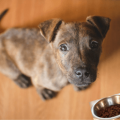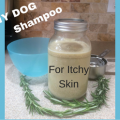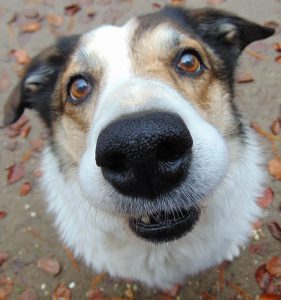 There is something irresistible about a dog’s nose. Perhaps it’s the way they use it. They nudge us with it when they want our attention, they wiggle it in the air when they smell us cooking, and it’s the first thing we see protruding toward us when they gaze into our faces (don’t worry flat-faced pooches; we see your adorable noses too). 🙂
There is something irresistible about a dog’s nose. Perhaps it’s the way they use it. They nudge us with it when they want our attention, they wiggle it in the air when they smell us cooking, and it’s the first thing we see protruding toward us when they gaze into our faces (don’t worry flat-faced pooches; we see your adorable noses too). 🙂
Every morning after letting my dog out, I get a small treat ready for when he comes inside. As I’m taking his leash off I consistently notice he makes a point to smell my fingers. This allows him to make a determination as to which treat he will be receiving that morning. It’s now his ritual, and I’m always sure to extend my hand so he can sniff out what he has to look forward to.
How Good is a Dog’s Sense of Smell?
A dog’s sense of smell is 10,000 to 100,000 times more acute than a human’s. A dog’s sniffing capabilities are essential to their way of life as they learn much about the world around them via scent.
A dog’s sense of smell allows them to gather information about other dogs such as gender, diet, emotions, and reproductive status (yes, this is why they sniff each other’s butts). They gather quite a bit of information by smelling us too, as well as everything else within their surroundings.
It has been said that a dog can detect just one rotten apple within two million barrels, or a teaspoon of sugar in a million gallons of water. These analogies put into perspective the true power of a dog’s nose.
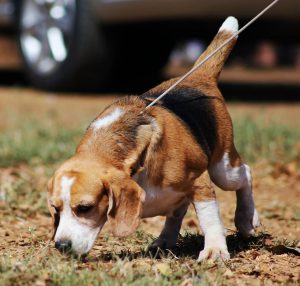 Here are some other amazing ways dogs are using their sniffing capabilities:
Here are some other amazing ways dogs are using their sniffing capabilities:
- Sniff out diabetes (through breath), and various types of cancer (through breath or urine samples)
- Trained to sniff out C diff (Clostridium difficile) in hospitals. (C. diff is a highly contagious bacterium which can be deadly. A hospital walk-thru with a trained dog can alert staff as to which areas are infected and need further cleaning.)
- Sniff out bombs, weapons, and drugs
- Diseased beehives (in order to prevent other hives from becoming infected)
- Sniff out bedbugs (especially useful in hotel chains)
- Sniff out polycarbonate (a material found in DVD’s) to detect pirated DVD’s and control counterfeiting trade
- Cadavers (even bodies drowned in large bodies of water)
- When a cow is in heat (cows are most often impregnated through artificial insemination, but at high costs. This helps farmers to determine the correct timing.)
- High blood pressure
Pretty amazing stuff, right?
Why are Dog’s Noses Wet?
Today, as I was putting on my shoes to take my dog for a walk, he excitedly stuck his wet nose in my cheek and gave a big “huff”. For that he got a big hug and kiss, just because it was cute. Funny how I wouldn’t have those feelings whatsoever had a human done that to me! But, again, there is something irresistible about a dog’s nose.
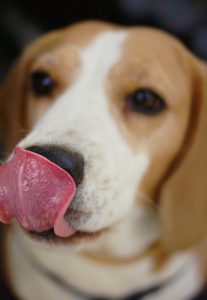 Reasons why dogs have a wet nose…
Reasons why dogs have a wet nose…
- A dog’s nose naturally produces a thin layer of mucous which helps to absorb scent chemicals, allowing them to smell better.
- Genetics plays a part, with certain dog breeds having wetter noses than others.
- Most dogs go around sticking their noses into everything! That means dewy grass, puddles of water, moisture ridden mud, and whatever other places moisture lurks.
- A wet nose helps to regulate a dog’s body temperature. Since dogs don’t sweat to cool down like humans do, they secrete sweat through the nose and pads of the paws.
- I don’t know about your dog, but mine often gets food on his nose. When a dogs nose get dirty, it usually involves licking it clean…just another cause of a wet nose.
Why is my Dog’s Nose Dry?
Some dog’s noses are drier than other dogs so you will need to get familiar with what is normal for your dog. Also, the moistness of a dog’s nose can vary throughout the day, or with changing temperatures and seasons. In most cases a dry nose ends up being nothing to worry about.
Some of the things that can cause a dry nose are dehydration, sleep (since they’re not awake to lick it), sunburn, sleeping near a heat source, and allergic reactions to things such as plastic food bowls, pet food, household items, or other types of allergies.
If the nose seems particularly dry you can try dabbing on petroleum jelly, or a commercial nose moisturizer for dogs (not too much or they’ll make a habit of licking it off).
Some dogs are diagnosed with nasal hyperkeratosis, which is when the nose becomes so rough and dry that it begins to crack, or even flake away.
Just to be on the safe side, a consistently dry nose is worth asking the vet about, if only to rule out the possibility of a more serious issue.
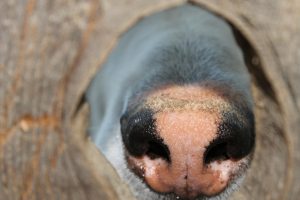 What is “Snow Nose” / “Winter Nose” in Dogs?
What is “Snow Nose” / “Winter Nose” in Dogs?
Snow nose, or winter nose, are terms used to describe loss of pigmentation in a dog’s nose. This means a dark colored dog nose will lighten in color, or even turn pink. Often, the outside edges of the nose remain dark in color, with the pigment change only occurring in the center of the nose. Most often this occurs during the winter months, with the nose returning back to its normal color once the season is over.

